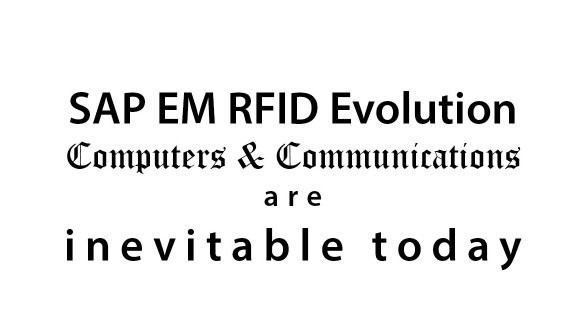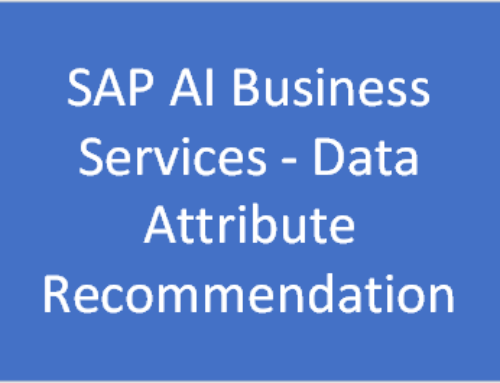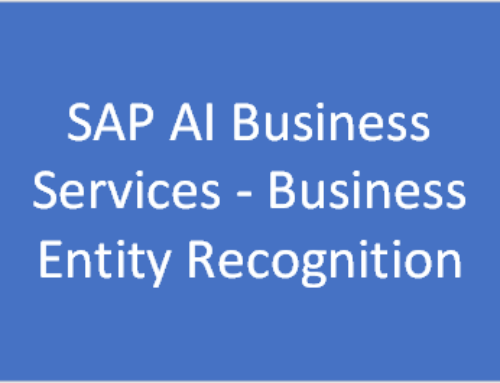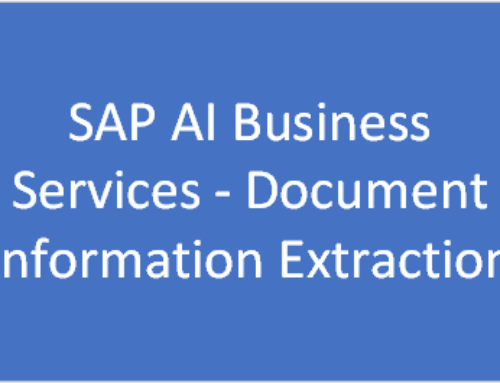Our topic of discussion today is that computers and communication are inevitable today. We almost can’t imagine a life without these now. Simple things such as talking with our loved ones living in other parts of the world have been made simpler through the use of computers and other communication technologies.
We need to remember our great inventors and inventions that helped the world become connected 24/7 through the use of feasible communications, such as Samuel Morse’s code, Thomas Edison’s phonograph, Charles Steinmetz’s understanding of the electric current, and Alexander Graham Bell’s telephone. Imagine that only a couple of centuries ago, carrier pigeons and human transported messages were used as vehicles to send and receive communications.
The supply chain has also evolved through electronic data interchange (EDI) via the merging of computing and the telephone and wireless communication. New modern technologies are appearing in the world every day. With the evolution of the Internet, the possibilities for supply chains grew beyond our imagination as we now have the capability to connect manufacturers and customers in seconds.
Today, the supply chain has moved to yet another level of communication and tracking of their goods with RFID technology (Radio Frequency Identification). RFID systems can physically track and trace goods at manufacturing sites and event trace items after tagging such as materials, components, cartons, bags, pallets and containers.
(Reference: Chain Reaction – Robert A. Malone)
Advancement of RFID technology
With the advancement of RFID technology we have opened up a whole new set of possibilities for new benefits such as:
- Track and trace what is physically inside shipping containers
- Send customs relevant data to enable simple correlation with the customs declaration documents
- Advanced information to 3PL to speed up the transportation process of despatch to another destination via road or rail
- Track the physical location of where the vehicle is on the road
- Send data to the warehouse team about the materials, receiving date, docking times, proceeding through gates, customer details, picking station, etc.
Today, SAP has integrated RFID technology with SAP Event Management to track and trace components in certain end-to-end business processes. The below RFID-enabled scenarios may be delivered within SAP Event Management:
- RFID-enabled outbound delivery process
- RFID-enabled Returnable Transport Items (RTI)
- RFID-enabled outbound and inbound delivery process
Benefits of using SAP Event Management with RFID technology
To conclude, by implementing SAP Event Management with RFID technology we can see new capabilities and options for tracking, such as:
- Tracking empty crates, pallets, containers, etc.
- Commission and decommission of RFID tags
- Track and trace processes such as picking, put away, packing and post-goods issue (PGI) of outbound and inbound deliveries
- Track and trace end-to-end returns
- Track and trace goods movements accurately in warehouses
- Automatic status updates based on RFID tag locations
- Tracking of damaged containers and their movement into restricted stock
- Track goods with Geo-Map Integration
- Effective integration with SAP Auto-ID Infrastructure






Leave A Comment